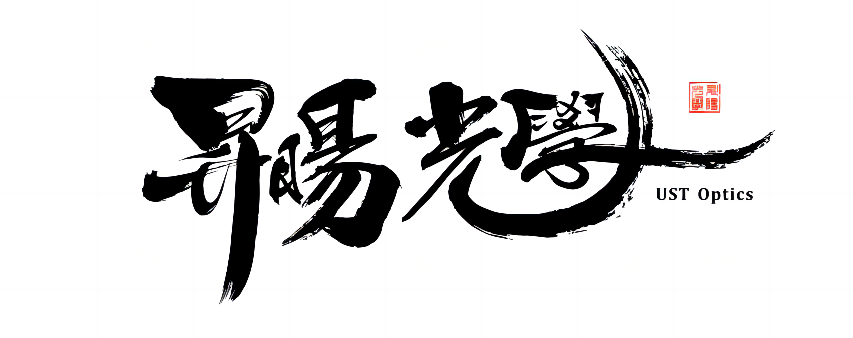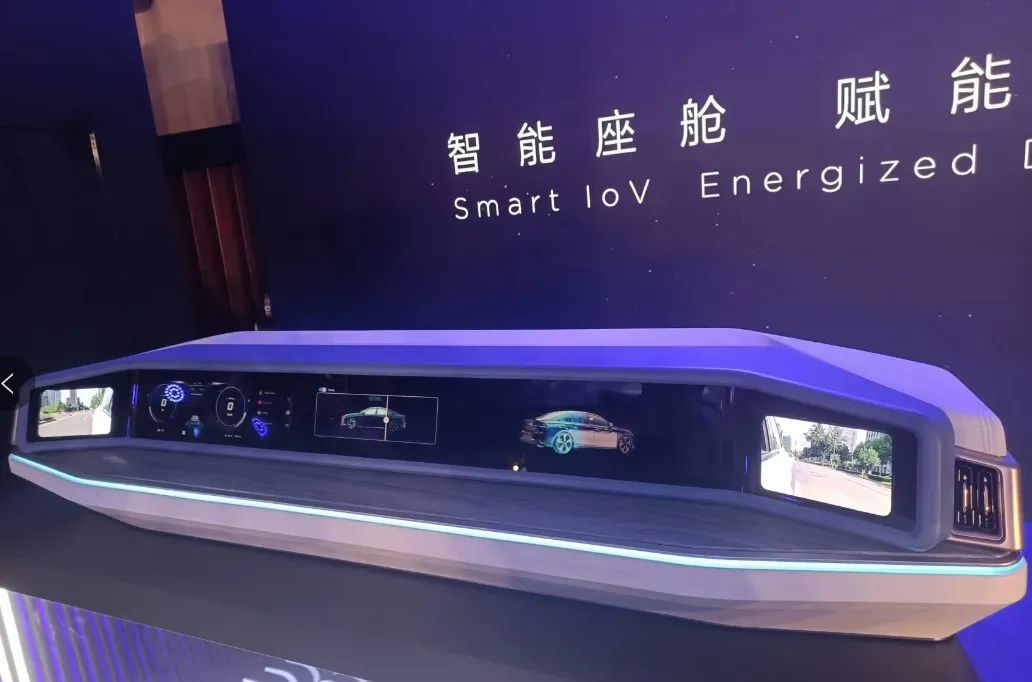


Car screen shipments will surpass 200 million pieces for the first time, becoming the largest dark horse in the display industry
Author: LANCI Lanshe Automobile, published in Shanghai at 05:00 on October 27, 2023 https://mp.weixin.qq.com/s/lqmqfBPbU8c58PTvQ0dxgg
With the continuous decline of the global economy, the consumer electronics market has generally been weak in recent years. However, the in car display market has grown against the trend driven by automotive intelligence, and is expected to break through 200 million pieces for the first time this year, becoming the biggest dark horse in the display industry. BOE, Tianma, Samsung Display, LG Display, JDI, Vicino, TCL Huaxing, Youda, Qunchuang, Longteng Optoelectronics, Huike, Xinli and others have all rushed in to seize the market opportunity.

However, the current in car display market is showing a new development trend with the intelligentization of automobiles. The originally relatively single specification, technology, and size of car screens can no longer meet the current market demands for high-resolution, large-sized, multi screen, diversified design, technological diversification, and functional integration.
In order to keep up with the latest development pace of automotive screens, panel manufacturers continue to innovate in technology, introducing technologies such as ultra large screens, multi screen, curly screens, transparent screens, and LCD, OLED, Micro LED, laser display, etc., constantly opening up new possibilities for automotive screens. Some panel manufacturers have even integrated upstream and downstream resources to create intelligent cockpit solutions, promoted to tier 1, and directly cooperated with car manufacturers to accelerate the implementation of innovative display technologies.
The scale of car screen growth against the trend will exceed 100 billion yuan
Affected by global inflation, geopolitical factors, and other factors, the consumer electronics market has remained sluggish this year, but the new energy vehicle market has maintained a high-speed growth trend. According to data from the China Association of Automobile Manufacturers, in the first half of 2023, the production and sales of new energy vehicles in China reached 3.788 million and 3.747 million, respectively, with year-on-year growth of 42.4% and 44.1%. Gartner predicts that by 2023, the global shipment of electric vehicles (including pure electric vehicles and plug-in hybrid vehicles) will reach nearly 15 million units, a year-on-year increase of nearly 50%.
With the continuous growth of the new energy vehicle market, the automotive industry is accelerating its transformation from fuel powered vehicles to intelligent vehicles. Su Ning, Vice President of BOE and CEO of BOE Jingdian, stated that currently, cars are developing towards networking, automation, sharing, and electrification, while the "new four modernizations" all point towards intelligence. Intelligence, which revolutionized the mobile phone industry 15 years ago, is now repeating itself in the automotive industry, making cars the most dynamic market in the world and accelerating the development of new energy vehicles. Data shows that from January to May 2023, the global penetration rate of new energy vehicles exceeded 14%; In the first half of 2023, the market share of new energy vehicles in Chinese Mainland will exceed 28.3%, and the annual penetration rate is expected to reach 30%.
The important manifestation of automotive intelligence is the intelligent cockpit. The intelligent cockpit can significantly improve the intelligent experience of cars and gradually become one of the important influencing factors for consumers to purchase cars. Cheng Wei, Vice President of BOE Jingdian and General Manager of Intelligent Automotive Solutions BU, pointed out that a recent set of research data shows that 80% of young car buyers consider intelligent cabins as a reference factor for purchasing a car, with 28% of consumers choosing them as their first choice. This indicates that the experience of intelligent cabins has become a necessity in the market.
As consumers increasingly value smart cabins, they are accelerating their penetration into the automotive market and are expected to become standard equipment for smart cars. Data shows that the global penetration rate of intelligent cockpit technology configuration new cars has increased from 38.4% in 2019 to 59.4% in 2025, with a higher penetration rate in the Chinese market, reaching 75.9% by 2025.
The updating and iteration of intelligent cabins will also accelerate the process of automotive intelligence and drive the sustained development of the in car display market. The data shows that the shipment volume of car display panels will also increase from 143 million in 2020 to 226 million in 2024, with a compound annual growth rate of 11%. Tianfeng Securities predicts that the size of China's automotive display market will reach around 110 billion yuan by 2025.

Source: Compiled by Jiweiwang, unit: Million pieces
Six Major Trends in Intelligent Vehicle Display
With the intelligentization of automobiles, the higher the resolution, larger the size, and more the quantity of in car display panels, and they are developing towards design diversification, technological diversification, and functional integration.
Currently, smart cars have become smart terminals similar to "smartphones+wheels", and people's requirements for in car displays are getting closer to the development trend of smartphones. They require screens with higher resolution and larger size, and high-definition screens have gradually become the standard configuration of smart cars. The average size has increased from 6 inches to 13 inches, and screens with sizes of over 20, 30, and 40 inches are gradually getting on the car.
At the same time, multi screen is also one of the development trends of smart cars. In the past, the average number of screens in traditional cars was less than one, mainly used in instruments and central control. Now, the average number of screens in smart cars has increased to 2.5, widely used in instruments, central control, rearview mirrors, rear seat entertainment, etc. For example, BYD cars have up to 8 to 10 screens.
Intelligent cars are not only intelligent terminals, but also independent spaces with more scene based features. Due to the different scenarios of intelligent vehicles requiring different types, technologies, and functions of screens, and in order to emphasize aesthetics and practicality, special designs are also needed for the screens, presenting the characteristics of diversified design, diversified technology, and integrated functions.
Design diversity. The instrument panel, central control panel, and passenger entertainment display are adjacent and can be designed differently based on factors such as aesthetics, practicality, and safety, making full screen display, linked screen, and multi screen display a new development trend in the automotive display industry. For example, the TCL Huaxing dual screen connects the display intervals between the instrument panel, center console, and passenger seat screens, completely connecting the 12.3-inch screen and the 35.6-inch screen as a whole; The integrated display terminal solution for Weixinnuo vehicles adopts a wrap around design and seamless splicing, achieving a 23.4-inch central control large screen display.
Diversified technology. There are various forms of in car displays, which have evolved from instruments and central control to display windows, head up displays, transparent A-pillars, rear seat entertainment displays, and other applications. Different application requirements make a-Si LCD, LTPS, Oxide LCD, OLED, Mini LED, BD Cell, AR HUD and other technologies applicable. For example, BOE has shown car scrolling screens, which have a 13.6-inch screen when curled and a 15.6-inch screen when unfolded.
Functional integration. The car screen not only has display functions, but also integrates functions such as touch, photosensitive sensors, gesture recognition, and under screen cameras, providing a better interactive experience. For example, the Vicino 14 inch OLED central control screen supports off screen camera function, which can monitor whether the driver is driving safely and meet functions such as remote video calls when parking.
How should panel manufacturers respond to the new development trends mentioned above in the field of in car displays?
In order to meet the requirements of high resolution and large size, panel manufacturers need to produce car mounted display panels using higher generation lines. The resolution and size of the car display panels produced by the 4.5th generation a-Si LCD production line and the 5th generation a-Si LCD production line are relatively low, which can no longer meet the current development needs of the car display market. Panel manufacturers have started using the 6th generation LTPS LCD production line, the 8.5th generation a-Si LCD production line, and the 8.5th generation Oxide LCD production line to produce higher resolution and larger size car display panels.
In response to the trend of technological diversification and functional integration, panel manufacturers need to expand horizontally and vertically, because a single display technology is difficult to meet the diversified needs of the car display market. Only panel manufacturers who have mastered different display technologies such as LCD, OLED, Mini LED, Micro LED, and laser display can stand undefeated in the fierce market competition.
Car mounted displays are still evolving towards integration, which requires panel manufacturers not only to deeply cultivate different display technologies, but also to engage in more cross-border cooperation with camera manufacturers, film manufacturers, driver chip manufacturers, sensor manufacturers, car manufacturers, etc., to give car mounted displays more value and achieve differentiation advantages. For example, the screen integrates an under screen camera, which can monitor the driver's fatigue driving in real time; After integrating a photosensitive sensor on the screen, the highlights of the backlight can be controlled in real-time.
Some panel manufacturers are not satisfied with the role of automotive display panel suppliers and provide intelligent cockpit solutions, with BOE being a typical representative. It is reported that BOE has created an integrated design, production, and service platform from panels to modules and then to the entire machine, which has been recognized by major host manufacturers and directly collaborates with more than 20 customers. In order to seize a larger market share, BOE is also building an efficient ecological collaboration mechanism centered on user experience and continuously improving the intelligent cockpit ecosystem. In the past five years, BOE has collaborated with Xinchi Technology to improve the intelligent cockpit experience, and with Leishi Technology to provide in car KTV services and more entertainment scenes.
In short, the intelligentization of automobiles unleashes unlimited potential in the in car display market, and different display technologies, designs, functions, etc. have the opportunity to be implemented in landscape based in car display applications, continuously stimulating the innovative vitality of the display industry, further accelerating the growth rate of the in car display market, and making in car displays a new growth engine in the display market.